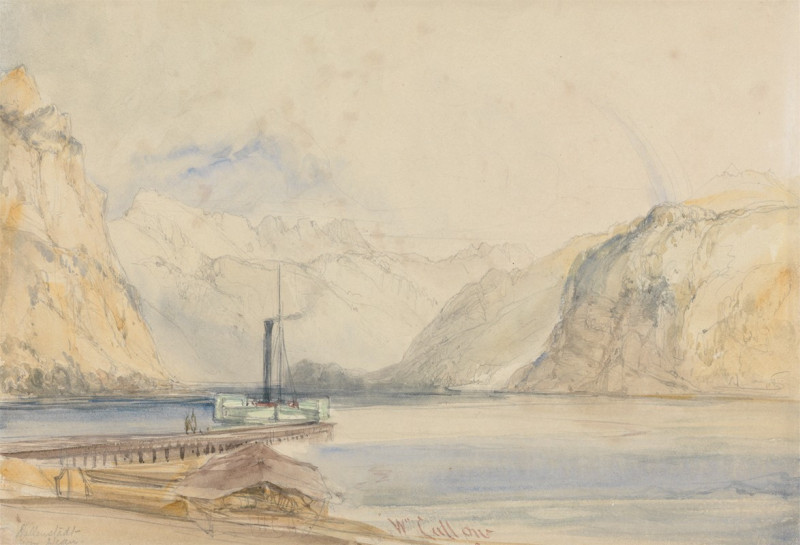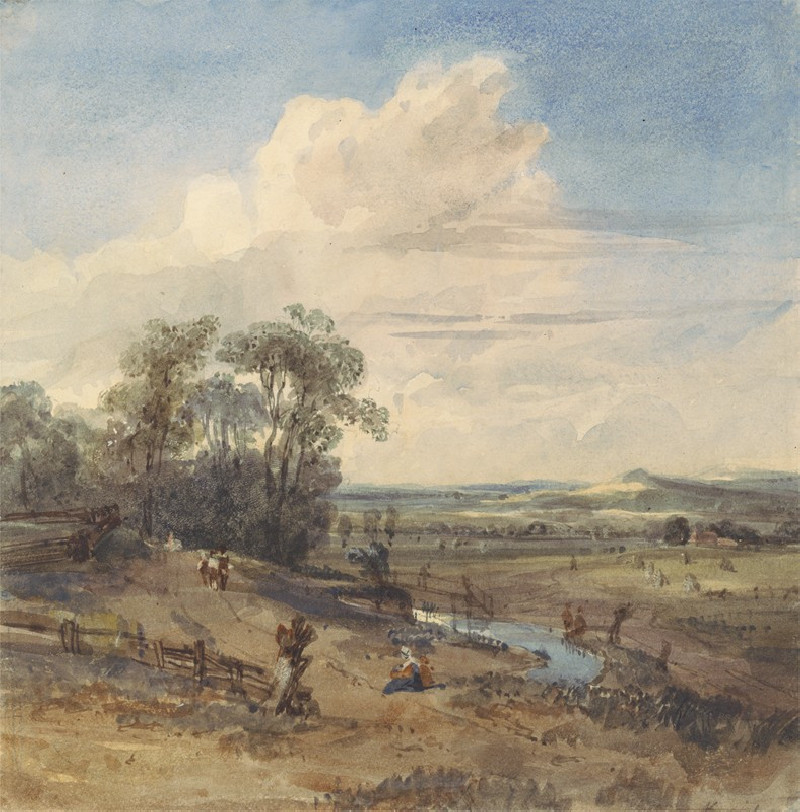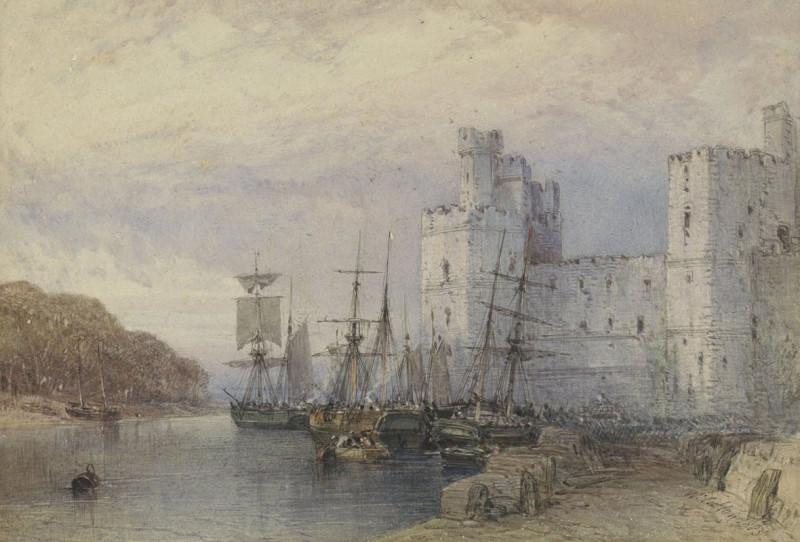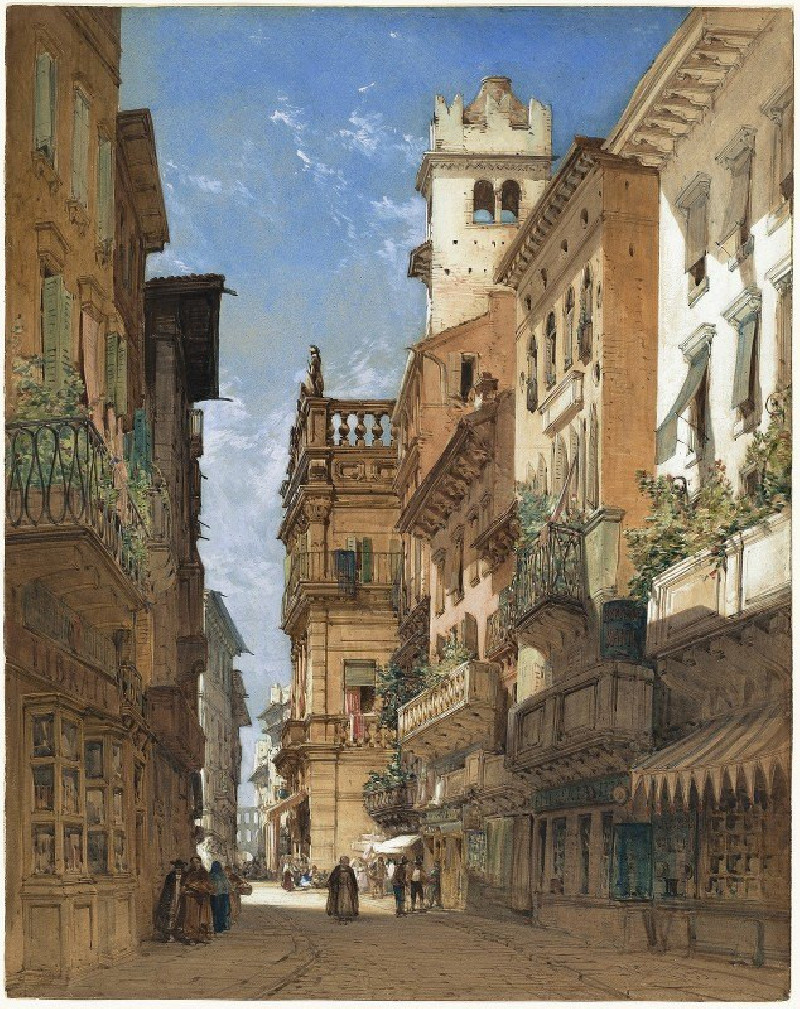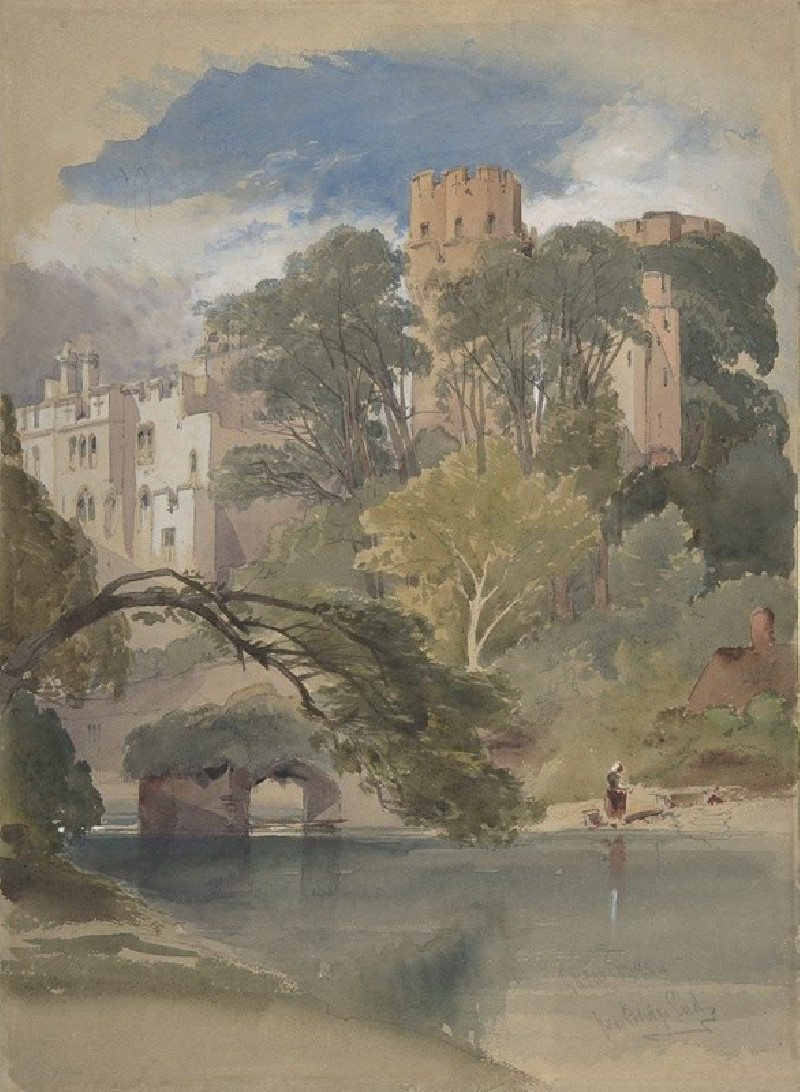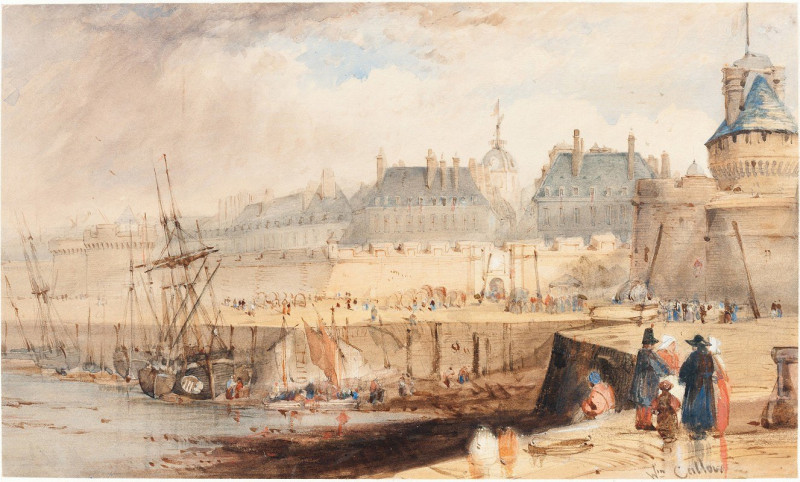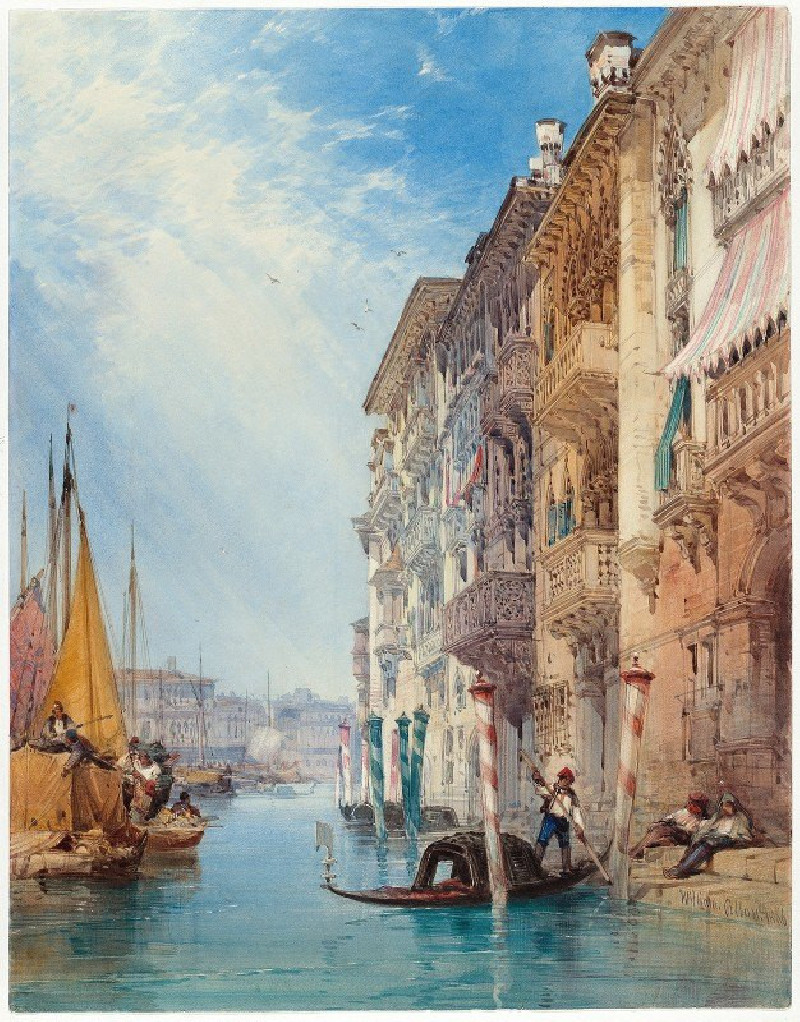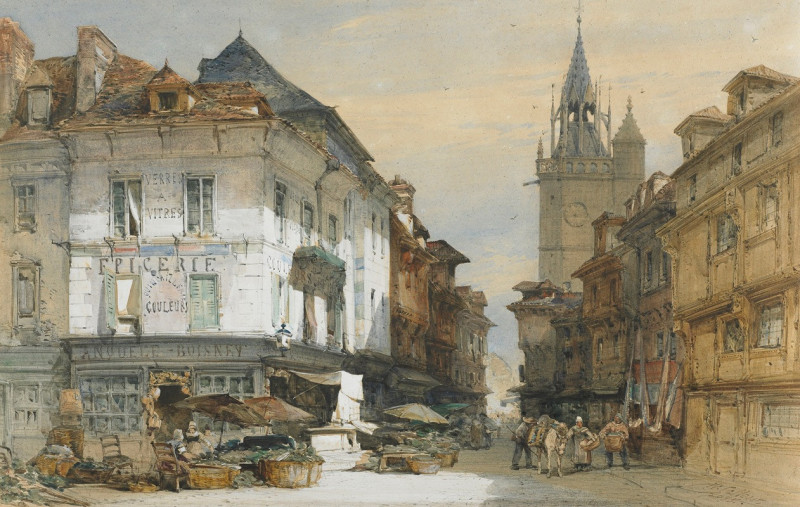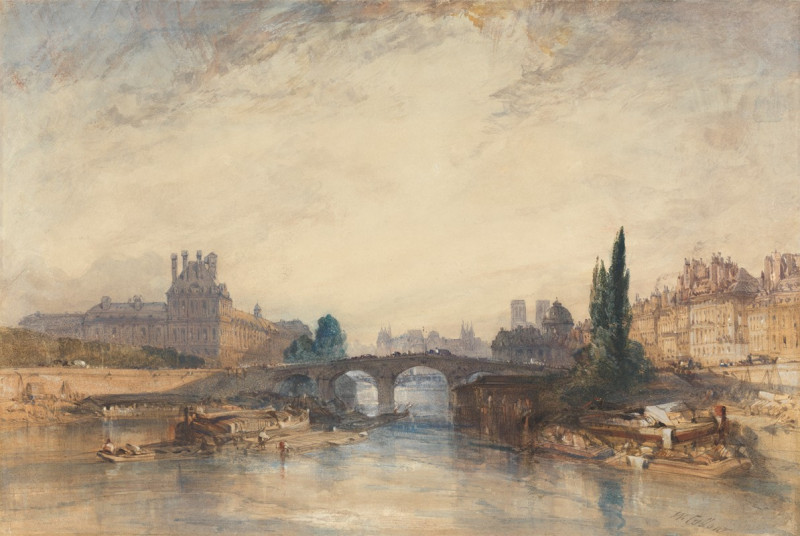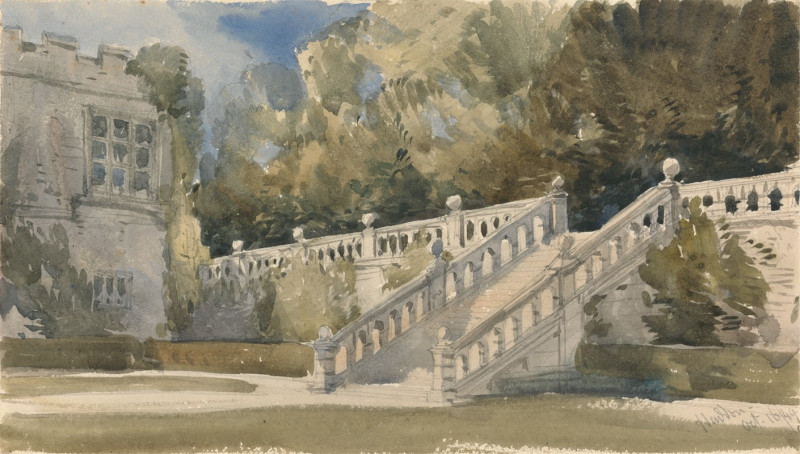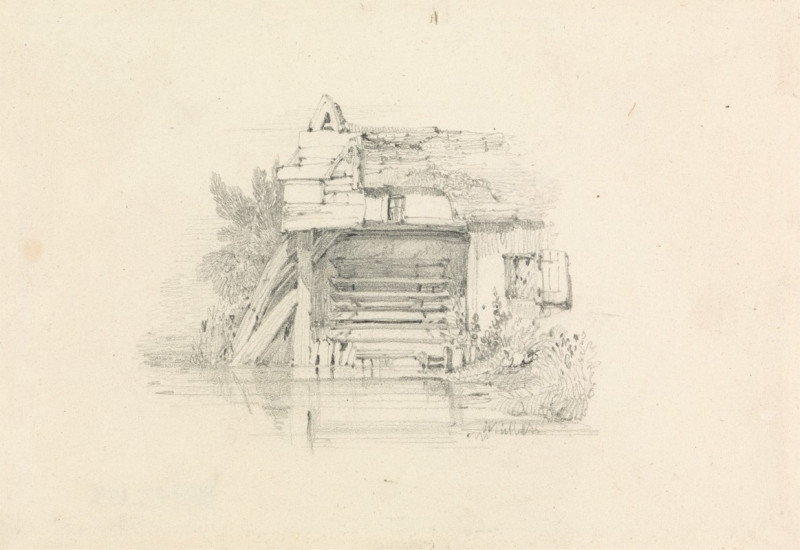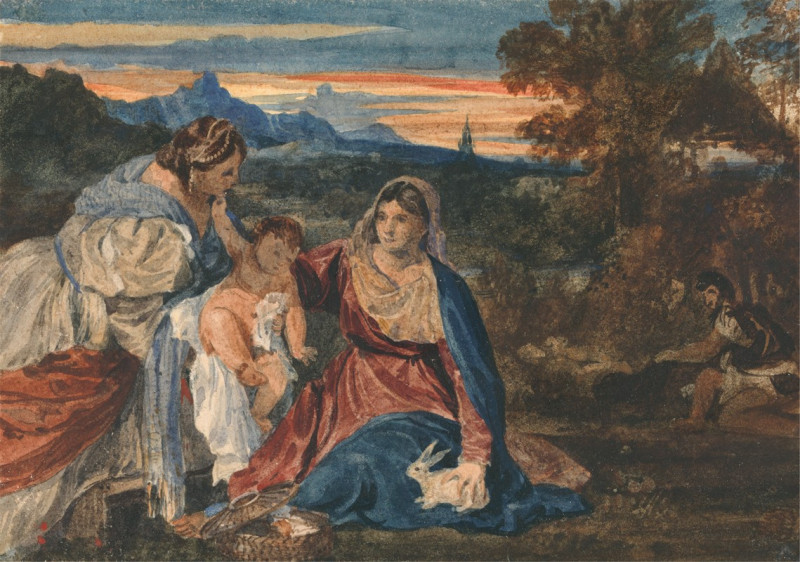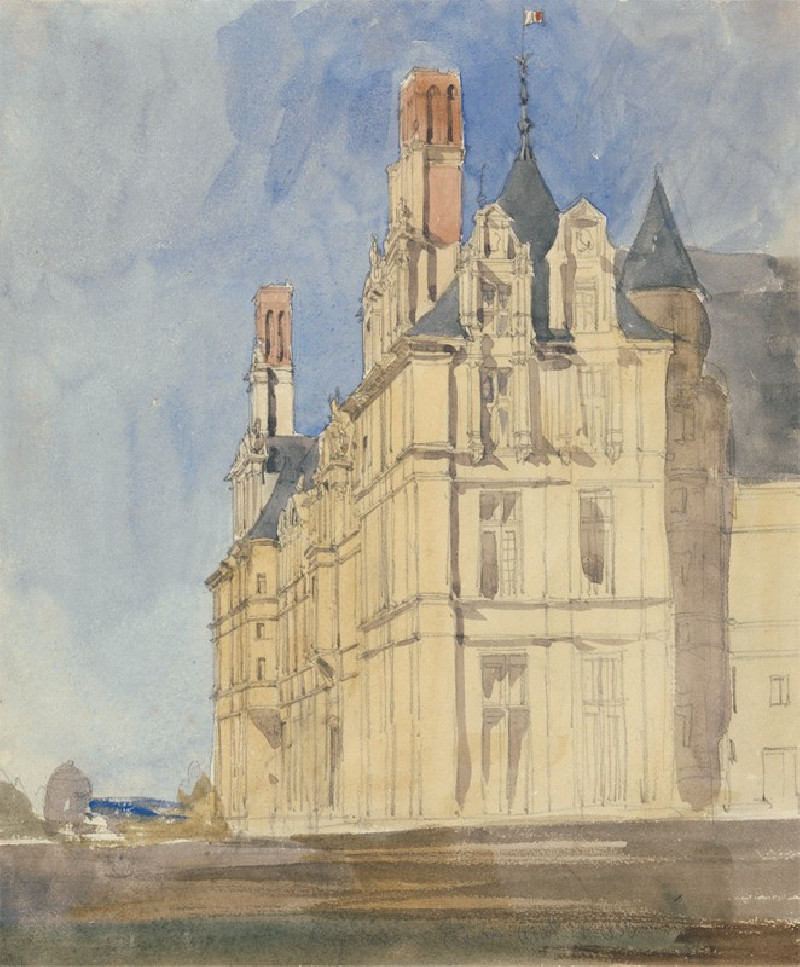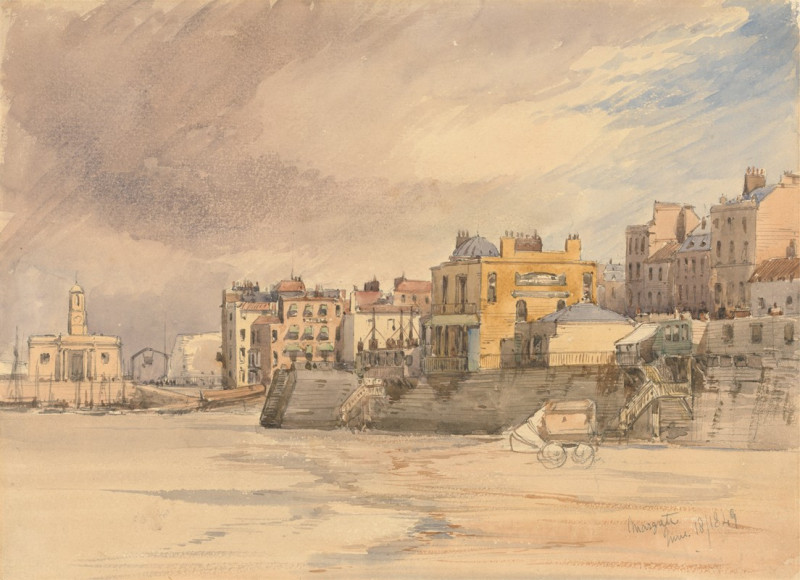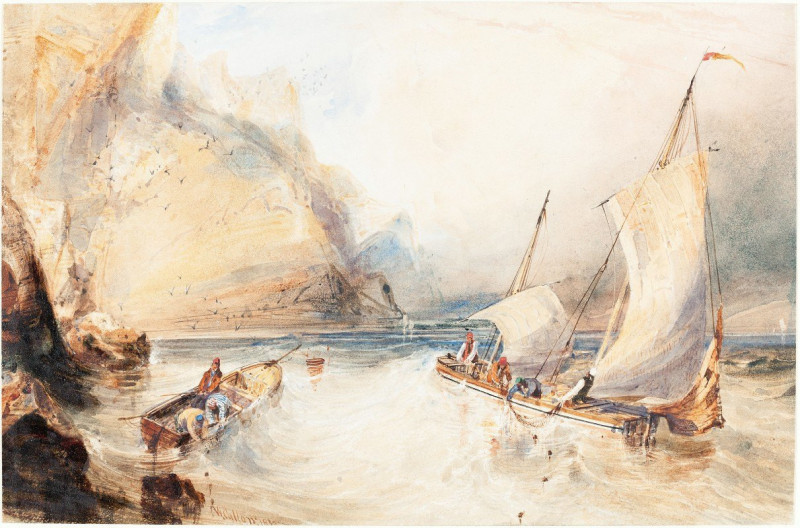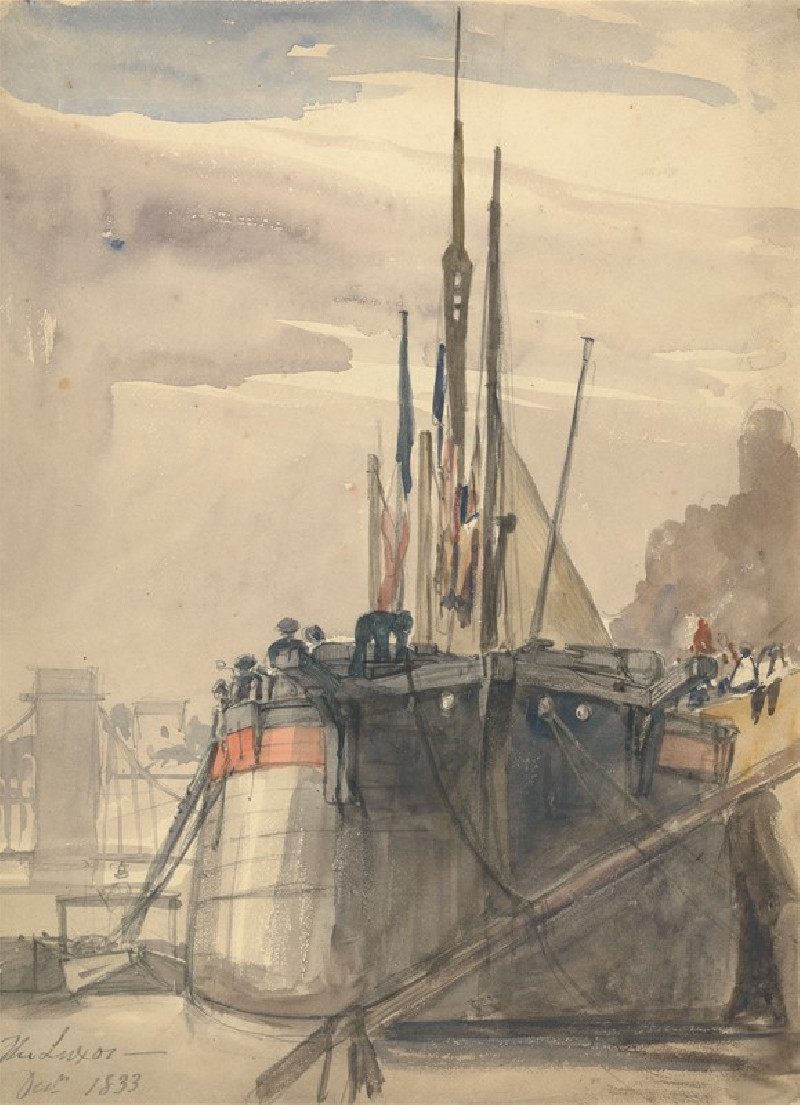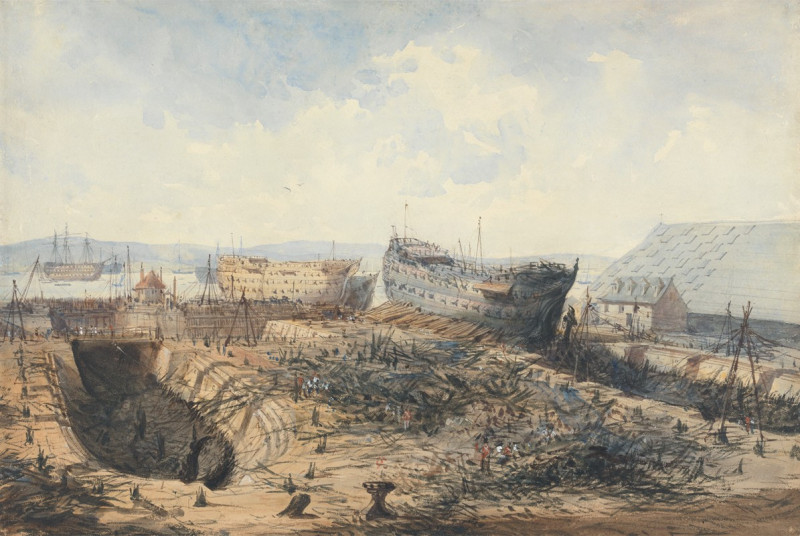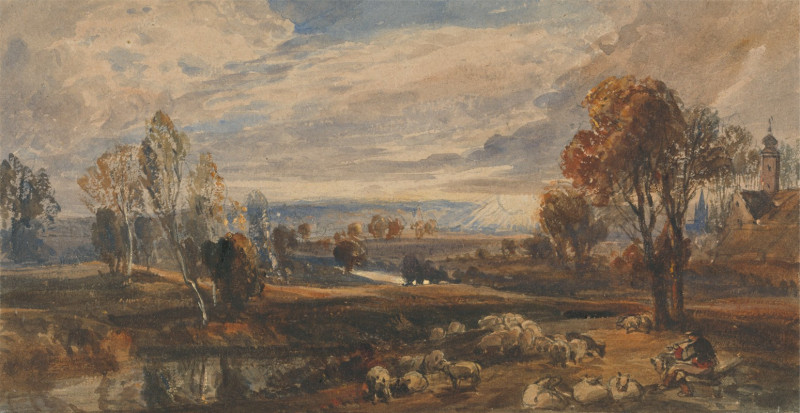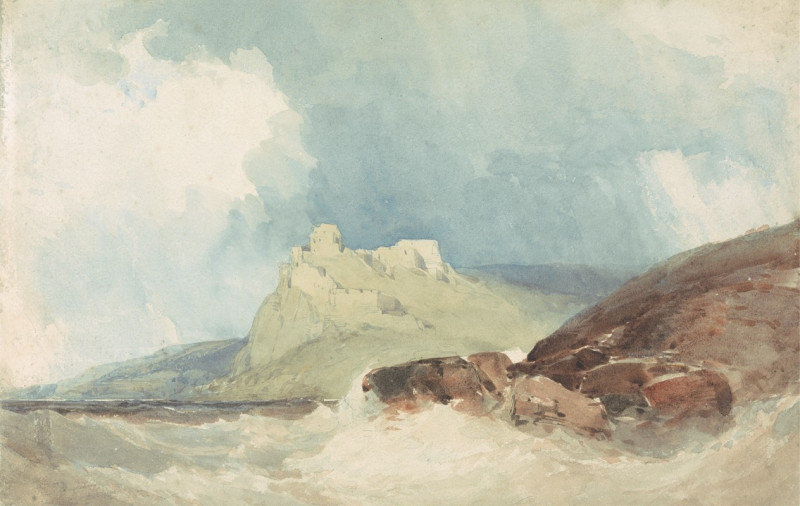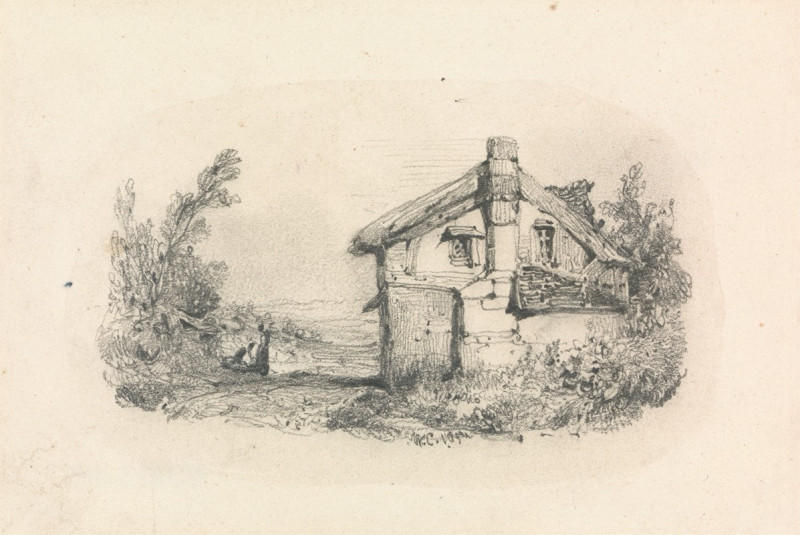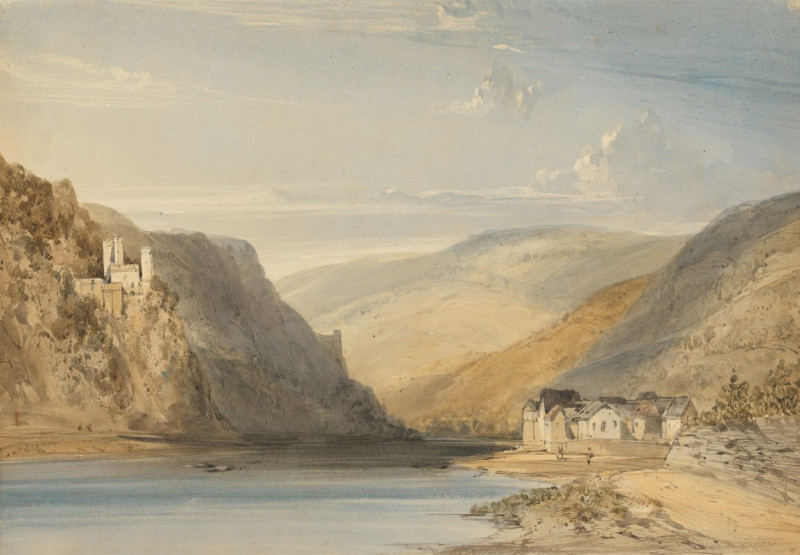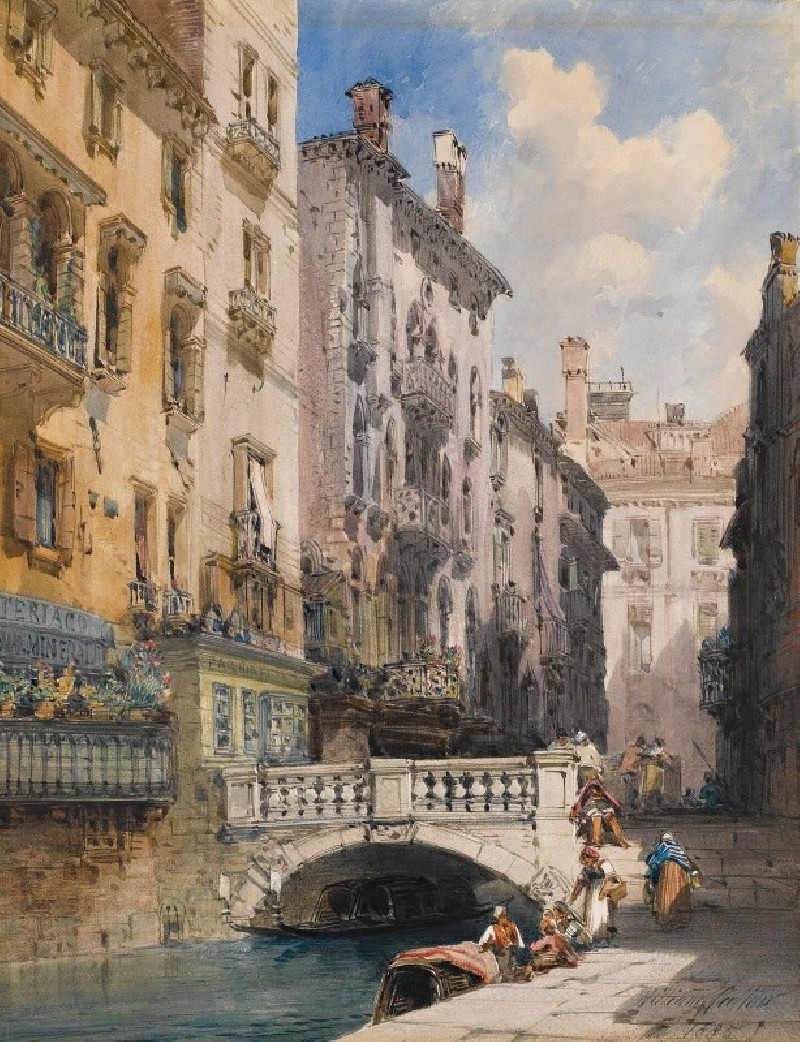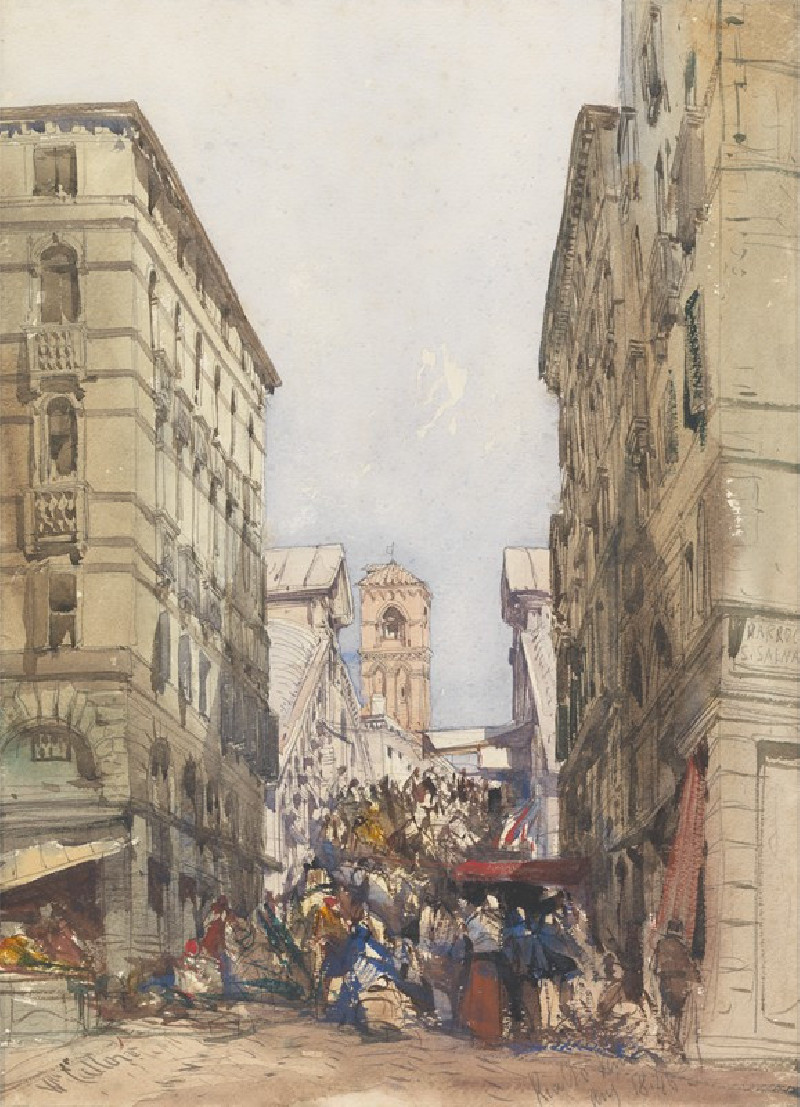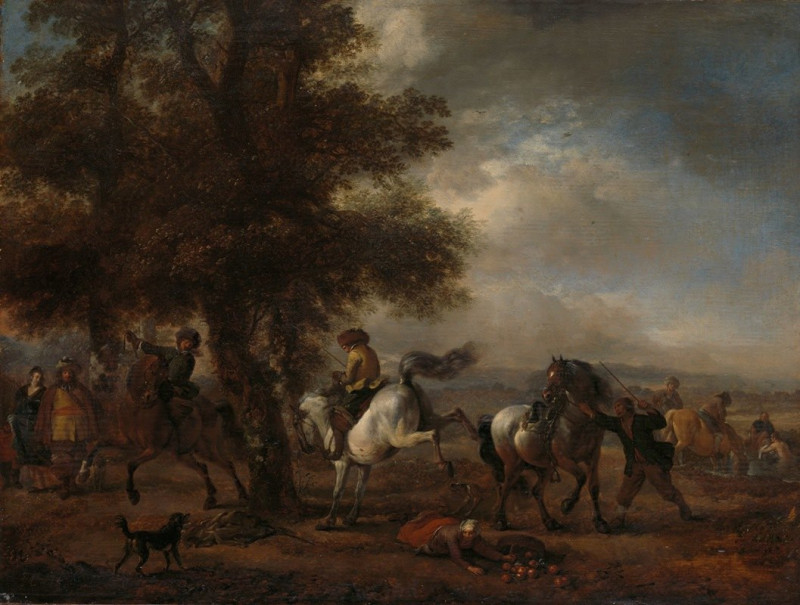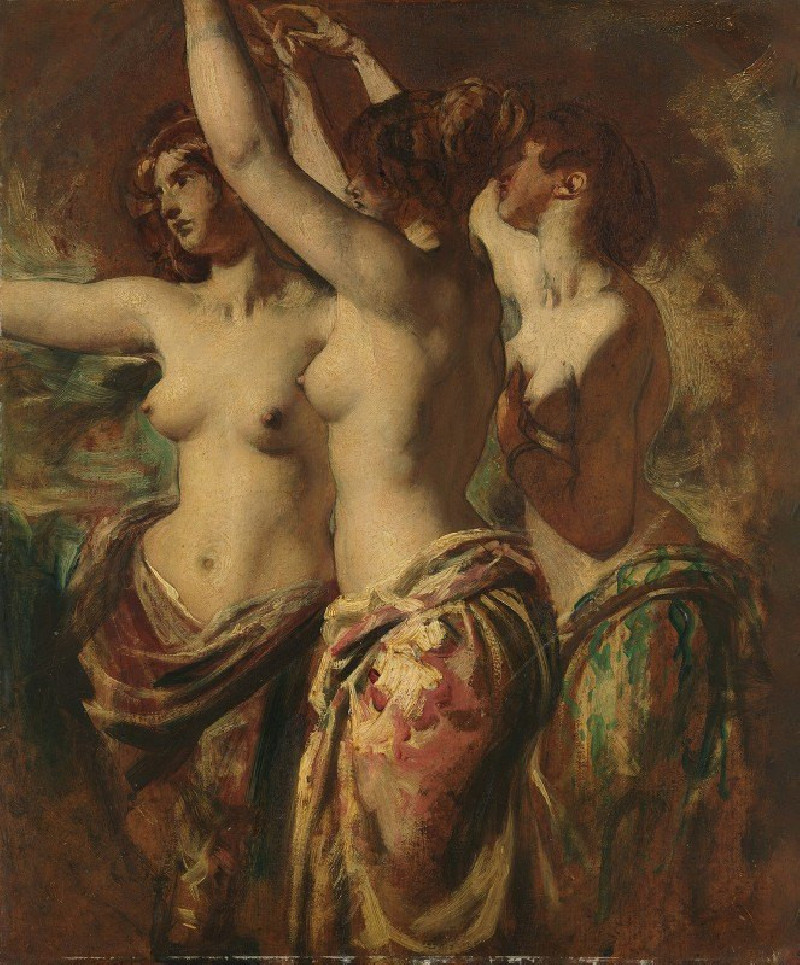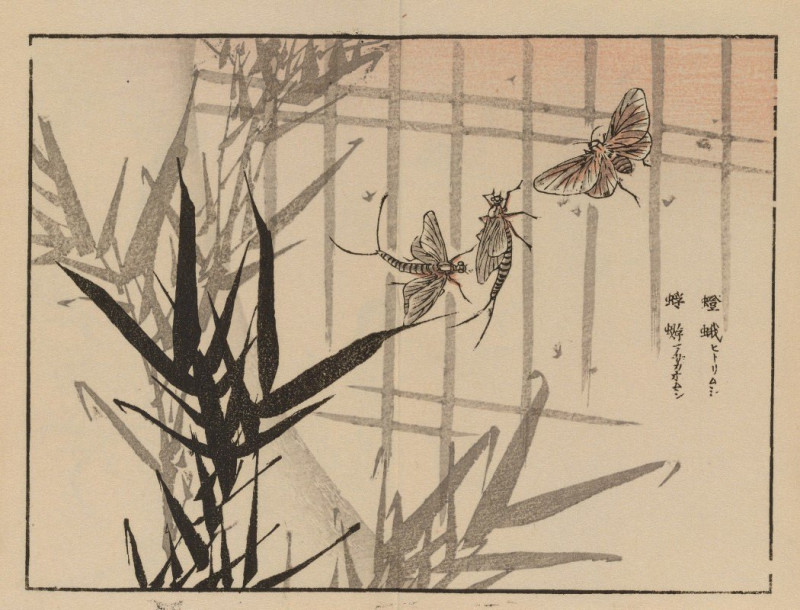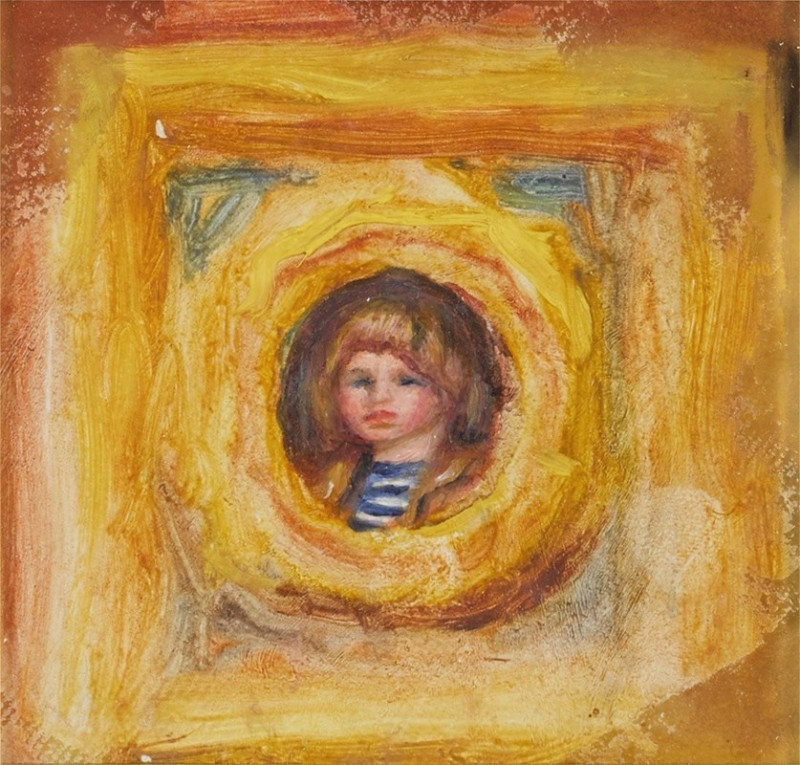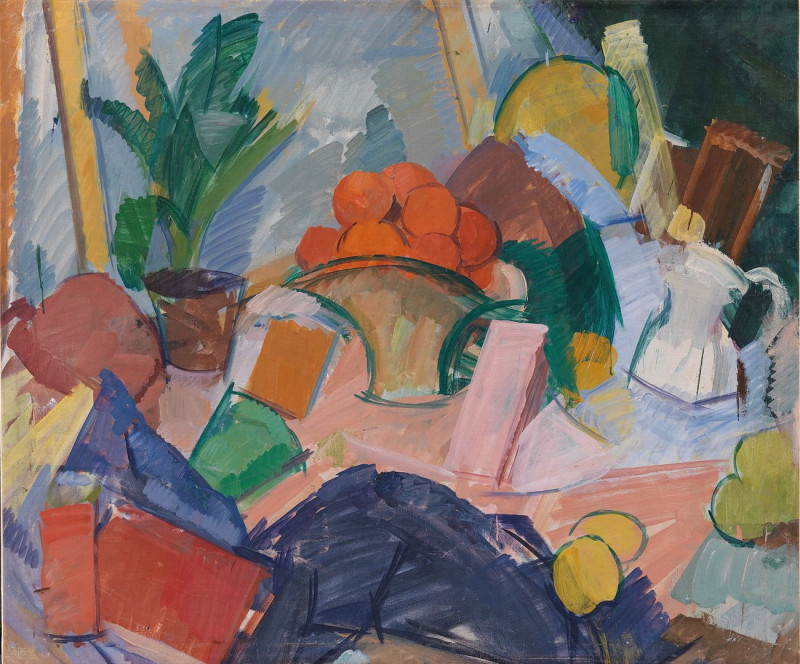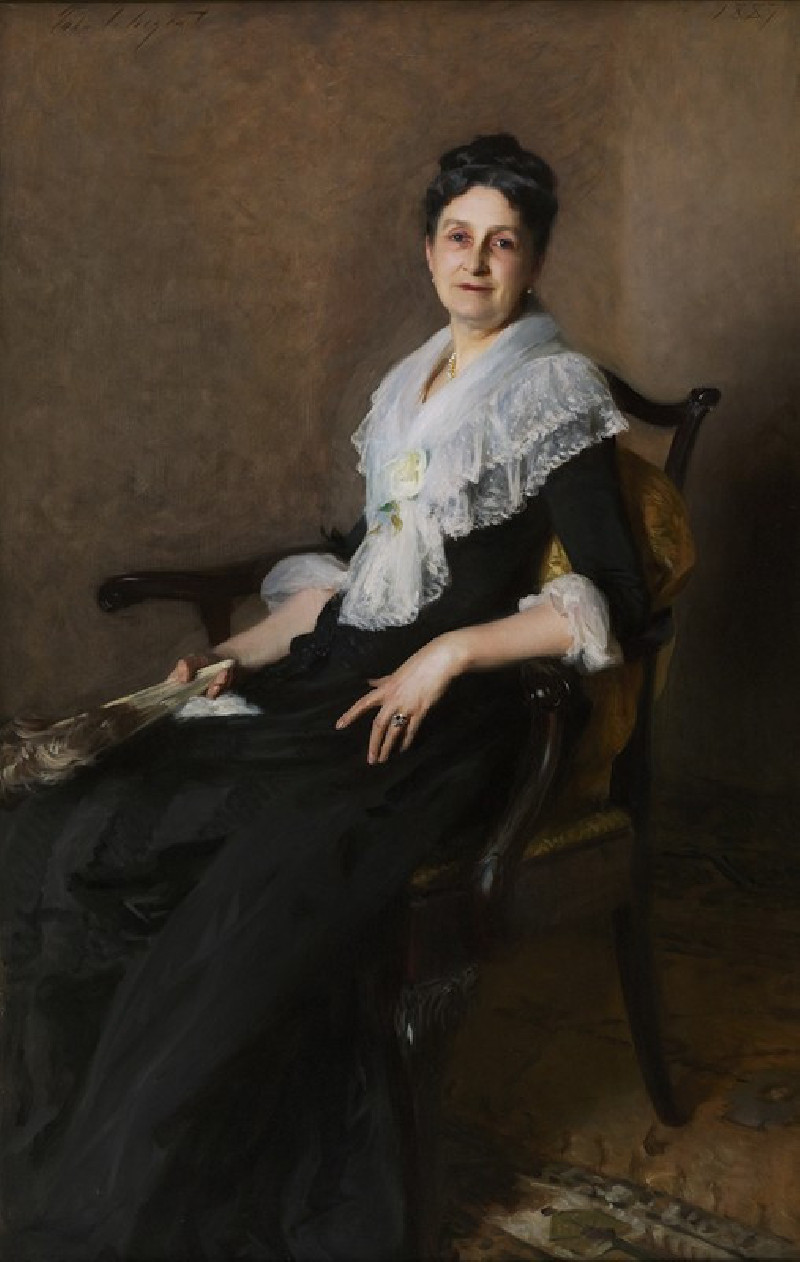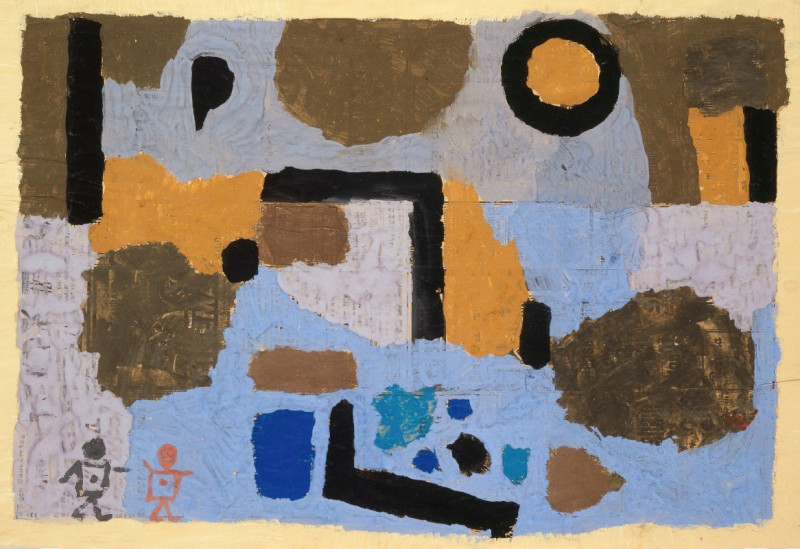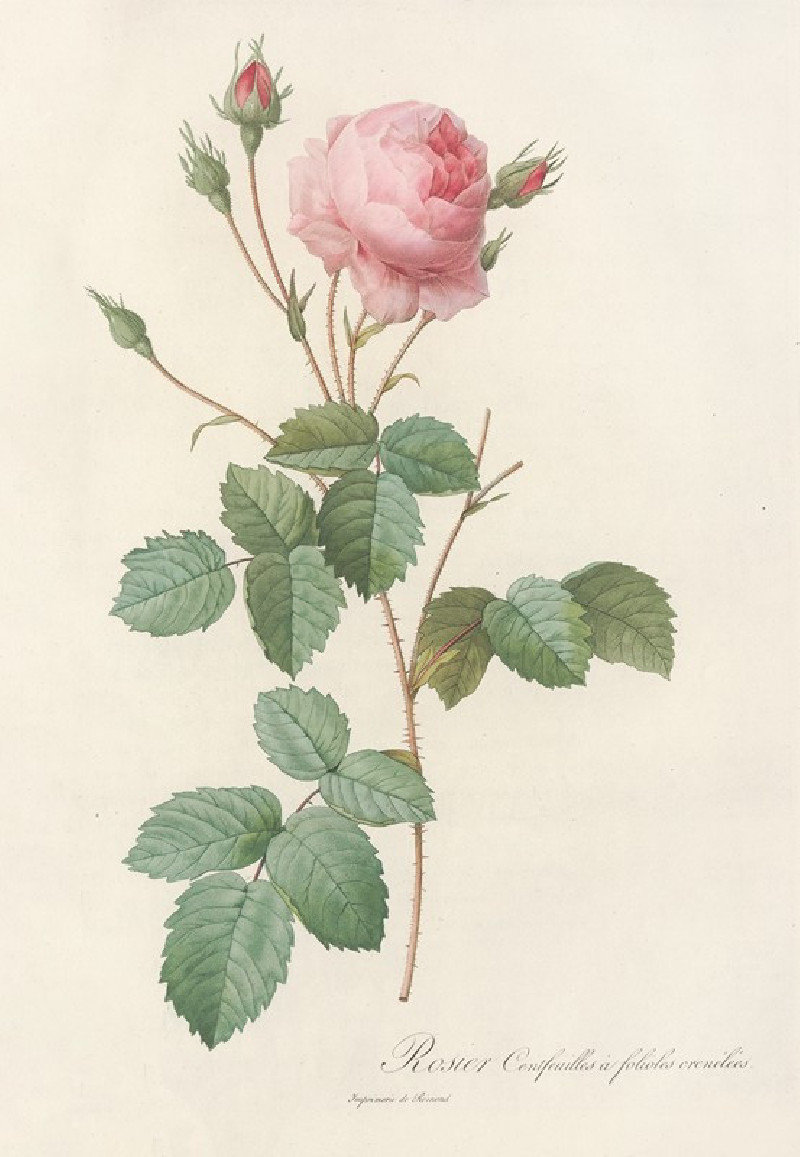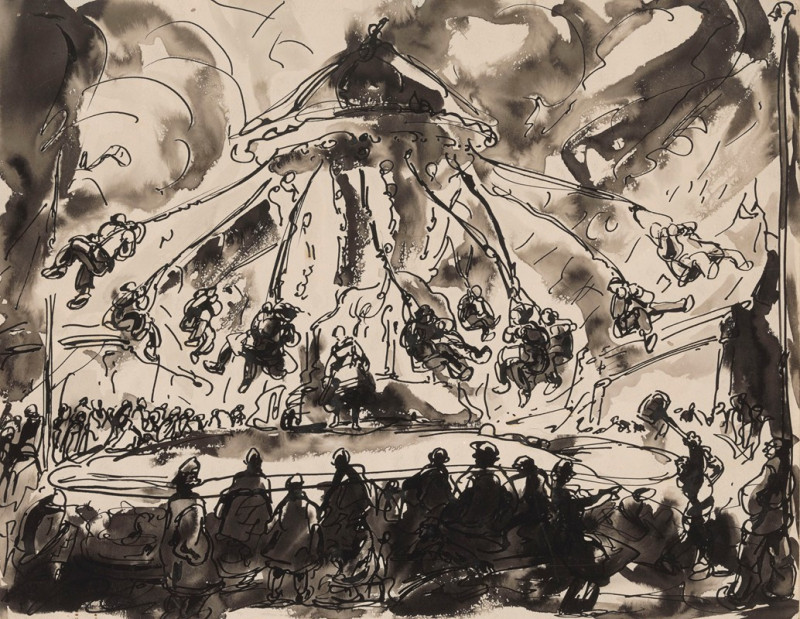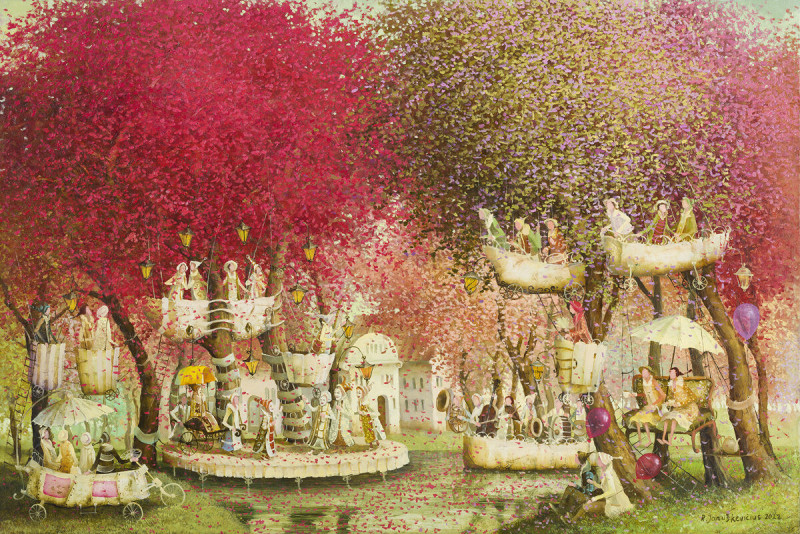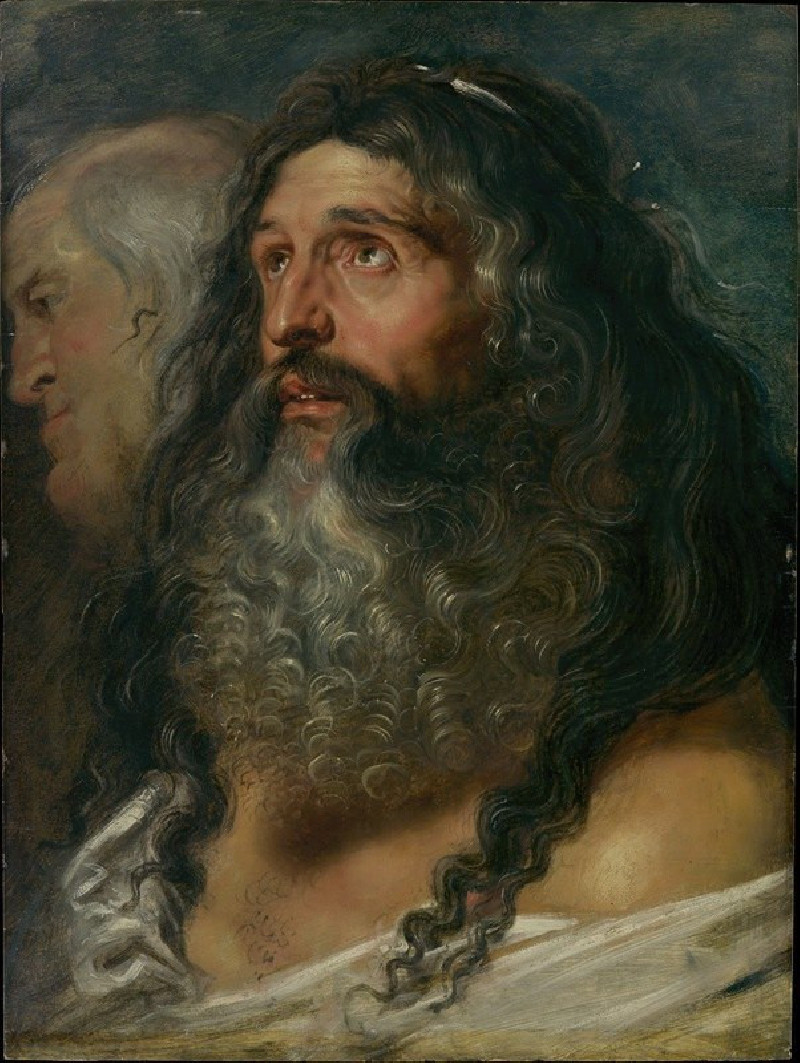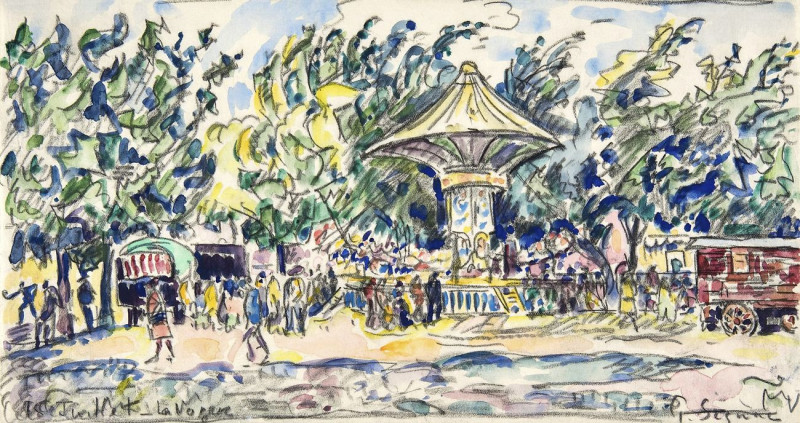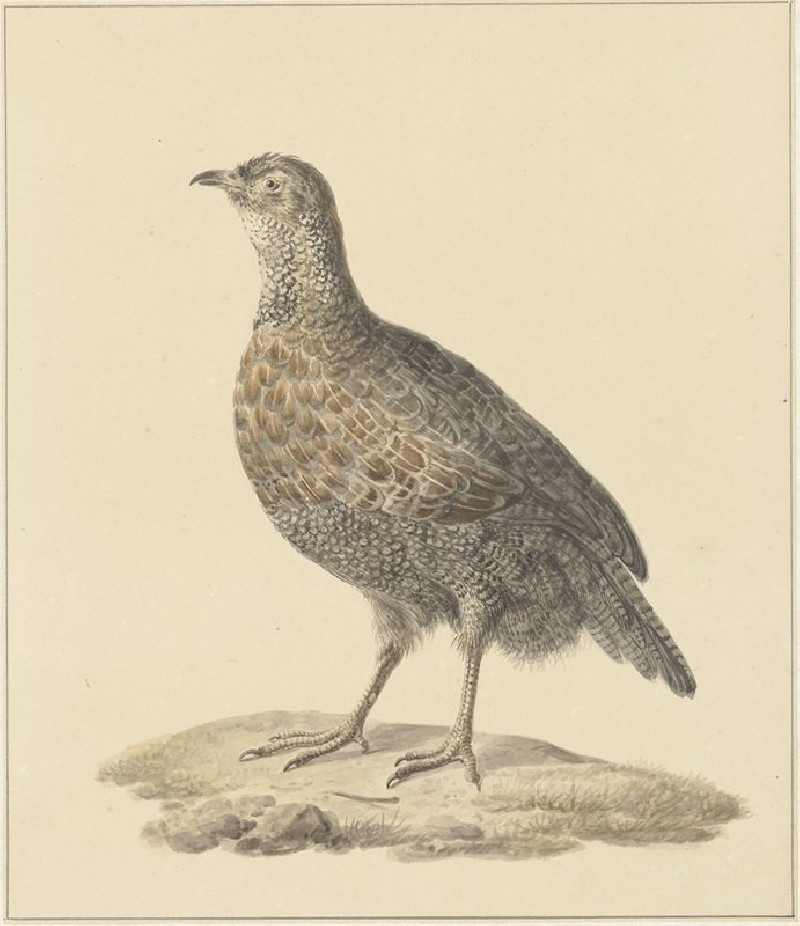Wallenstadt from Wesen, Switzerland (1838)
Technique: Giclée quality print
Recommended by our customers
More about this artwork
This exquisite artwork by William Callow captures the tranquil beauty of Wallenstadt, viewed from Wesen in Switzerland. Painted in 1838, the piece vividly portrays the serene landscape and the majestic backdrop of the rugged Alps. In the foreground, a gently moored paddle steamer hints at the era's burgeoning travel and exploration, resting quietly by a wooden pier that juts softly into the calm lake waters. The subtle color palette used by Callow highlights the natural lighting of the scene, suggesting either the soft glow of a morning or the warm light of an afternoon.Detailed yet delicate, Callow's brushwork reveals his mastery in sketching natural landscapes, emphasizing the verticality and texture of the towering cliffs and the expansive, undulating mountain lines. The sky, almost a clear wash, allows the viewer's eyes to focus on the detailed rendering of the mountains and the architectural elements of the boat and pier.
Delivery
Returns
William Callow was an English landscape painter, engraver and watercolourist.
Callow was born in 1812. July 28 in Greenwich. He studied with the artist Copley Fielding, where he learned the technique of en plein air sketching. He studied under Theodore and Thales Fielding, where he learned to color prints and make aquatints, and from 1825 to 1827 was taught to paint in watercolor.

